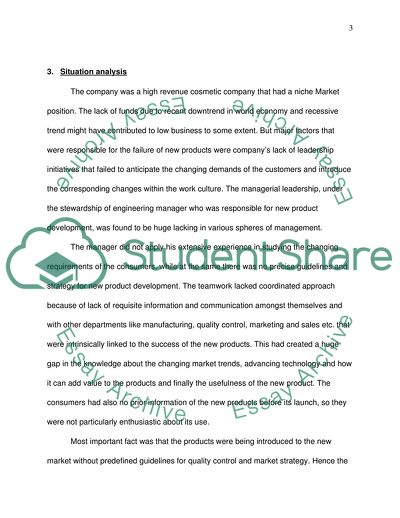Cite this document
(Organizational Failure and Renewal Case Study Example | Topics and Well Written Essays - 2000 words, n.d.)
Organizational Failure and Renewal Case Study Example | Topics and Well Written Essays - 2000 words. Retrieved from https://studentshare.org/marketing/1741820-organisation-failure-and-renewal
Organizational Failure and Renewal Case Study Example | Topics and Well Written Essays - 2000 words. Retrieved from https://studentshare.org/marketing/1741820-organisation-failure-and-renewal
(Organizational Failure and Renewal Case Study Example | Topics and Well Written Essays - 2000 Words)
Organizational Failure and Renewal Case Study Example | Topics and Well Written Essays - 2000 Words. https://studentshare.org/marketing/1741820-organisation-failure-and-renewal.
Organizational Failure and Renewal Case Study Example | Topics and Well Written Essays - 2000 Words. https://studentshare.org/marketing/1741820-organisation-failure-and-renewal.
“Organizational Failure and Renewal Case Study Example | Topics and Well Written Essays - 2000 Words”. https://studentshare.org/marketing/1741820-organisation-failure-and-renewal.


